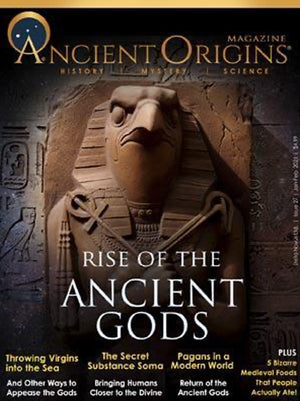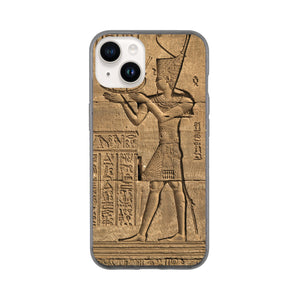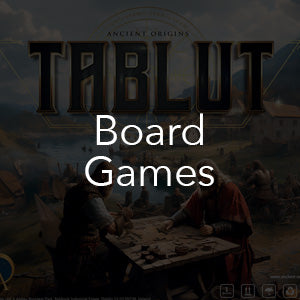
Who was the Historical Osiris?
- Regular price
- $17.00
- Sale price
- $17.00
- Regular price
-
- Unit price
- per
-
Product Information
Who was the Historical Osiris? A new ancient Middle Eastern chronological model reveals an age-old secret
Osiris was one of the most popular gods of ancient Egypt, a god who first made his appearance in Egypt during the Fifth Dynasty. He was, strangely—albeit fascinatingly—remembered as a great civilizing king who traveled the world. He was called “Lord of all the Earth” and received the Atef crown from Re, signifying absolute kingship and rule over the cosmos. One of the great enigmas of Egyptology is who the historical Osiris was. Who was the real king behind the myth?
A newly discovered cuneiform text has changed it all. This text is a literary fragment from the Epic of Gulkišar, who ruled over the Sealand in southern Babylon during the period when Babylon was destroyed by the Hittite king, Mursili I. The information contained in this fragment of the epic has overturned the old ways of thinking about ancient Middle Eastern chronology, providing strong backing and support for a new ancient Middle Eastern chronology, which casts Osiris and his origins in a totally new light.
Dr. Willem McLoud is an independent South African scholar whose main interests are ancient Middle Eastern studies, Kantian philosophy, and philosophy of science. He has a PhD in Nuclear Physics (Nuclear Fusion) from the University of Natal, a MA in Philosophy of Science from the University of Cape Town as well as a MBL from UNISA. Willem’s main areas of study regarding the ancient Middle East are the Sumerian, Akkadian, and early Egyptian civilizations, with special focus on the Uruk and Akkadian Periods in Mesopotamian history, as well as the Old Kingdom Period in Egyptian history. He has pioneered a new ancient Middle Eastern chronological model in which the Mesopotamian high chronology is correlated with the Egyptian low chronology.






















